Fire In The Sky: Understanding Asteroid Impact Phenomena

Introduction
Asteroids are small rocky or metallic objects that orbit the sun, and more than 800,000 of them have been discovered to date. Some asteroids can be up to 500 miles in diameter, while others are as small as pebbles. Although many asteroids orbit harmlessly between Mars and Jupiter in the asteroid belt, some do have the potential to collide with Earth, with devastating consequences.
The Types of Asteroid Impacts
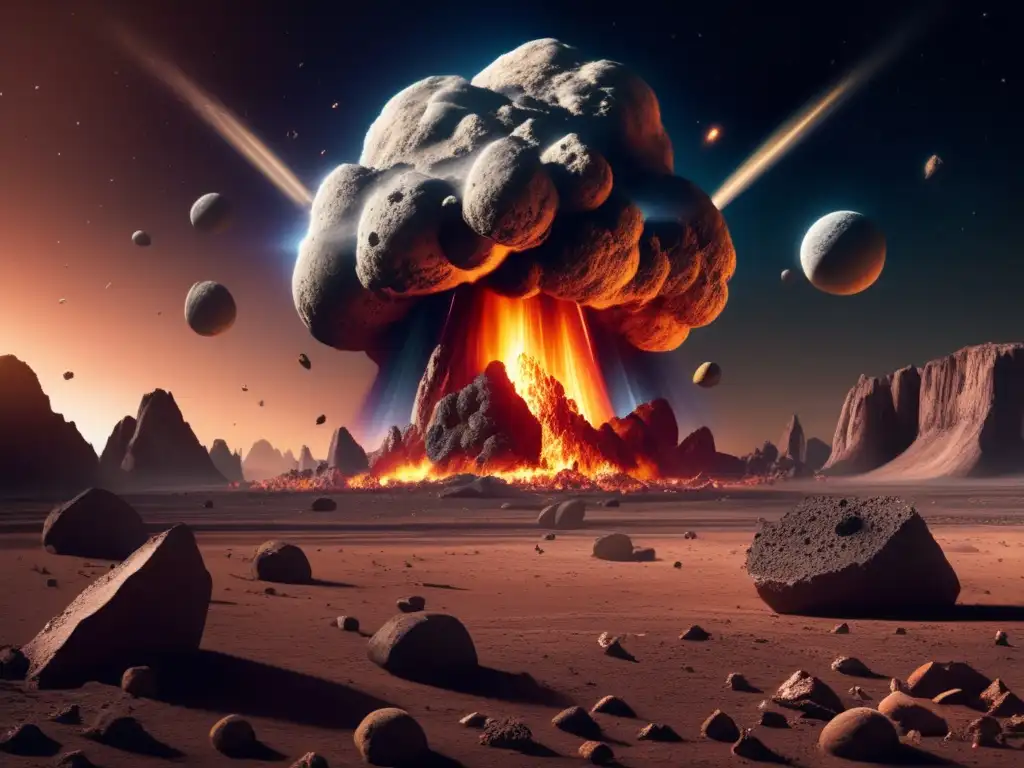
Crater Formation
When an asteroid collides with a planet, it creates an impact crater. The size of the crater depends on the size and speed of the asteroid, as well as the composition of the target planet. On Earth, smaller craters can be eroded by natural processes such as weathering and plate tectonics, but larger craters like the Barringer Crater in Arizona remain preserved.
Atmospheric Entry
When an asteroid enters a planet's atmosphere, it creates a brilliant fireball known as a bolide, or a "shooting star." As the asteroid descends through the atmosphere, it heats up due to friction and begins to glow. If the asteroid is large enough, the heat generated from atmospheric entry can cause it to explode in mid-air, resulting in an airburst.
Tsunami Generation
If an asteroid lands in an ocean, it can create a massive tsunami. The energy of the impact can cause a water displacement, sending waves to the coasts that can devastate everything in their path. In 2004, an asteroid impact off the coast of Indonesia caused a tsunami that killed more than 225,000 people.
The Effects of Asteroid Impacts
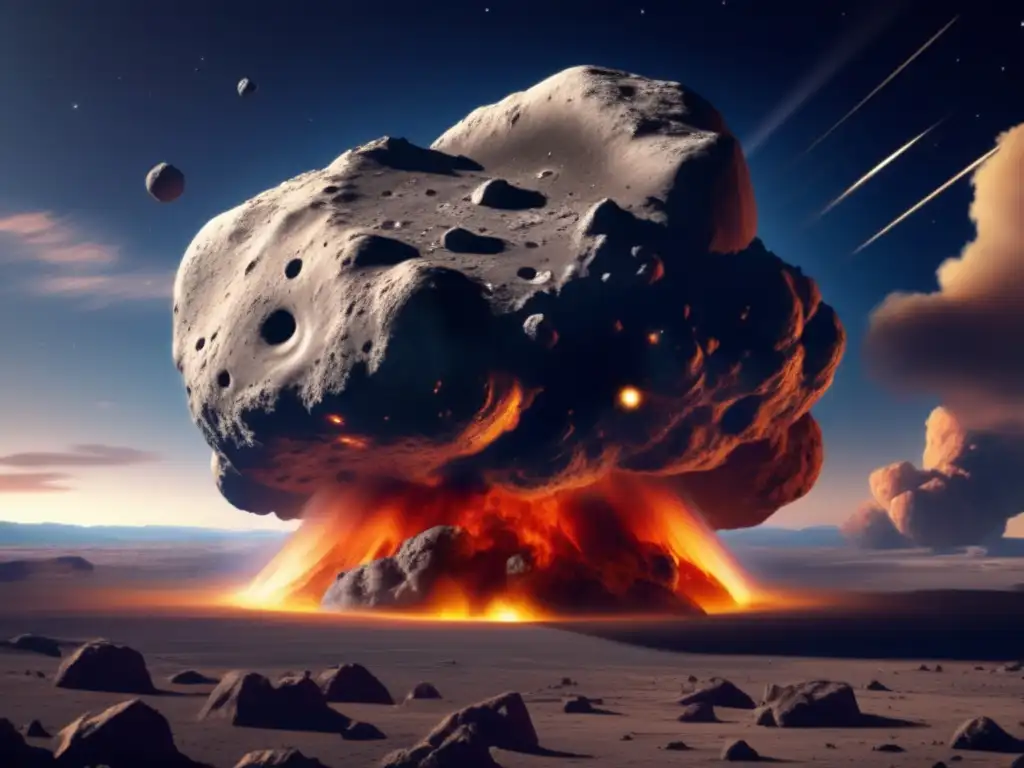
Shock Waves
When an asteroid impacts the ground, it generates a powerful shock wave that radiates outwards from the impact site. This can cause widespread damage to structures and other objects in the area, as well as injury or death to people and animals nearby.
Ejecta
During an impact, the asteroid and the target planet's material are pulverized and thrown back into the atmosphere. This creates a cloud of debris known as ejecta, which can travel great distances and fall back to Earth over a prolonged period. The distribution of ejecta can be used to determine the location and size of the impact site, as well as the angle of the impact.
Climate Change
Large asteroid impacts can cause significant climate change by releasing large amounts of dust and gas into the atmosphere. This can block out the sun's rays, leading to a "nuclear winter" effect that can last for years or even decades. The mass extinction of dinosaurs is thought to have been caused by an asteroid impact that caused significant climate change.
Frequently Asked Questions
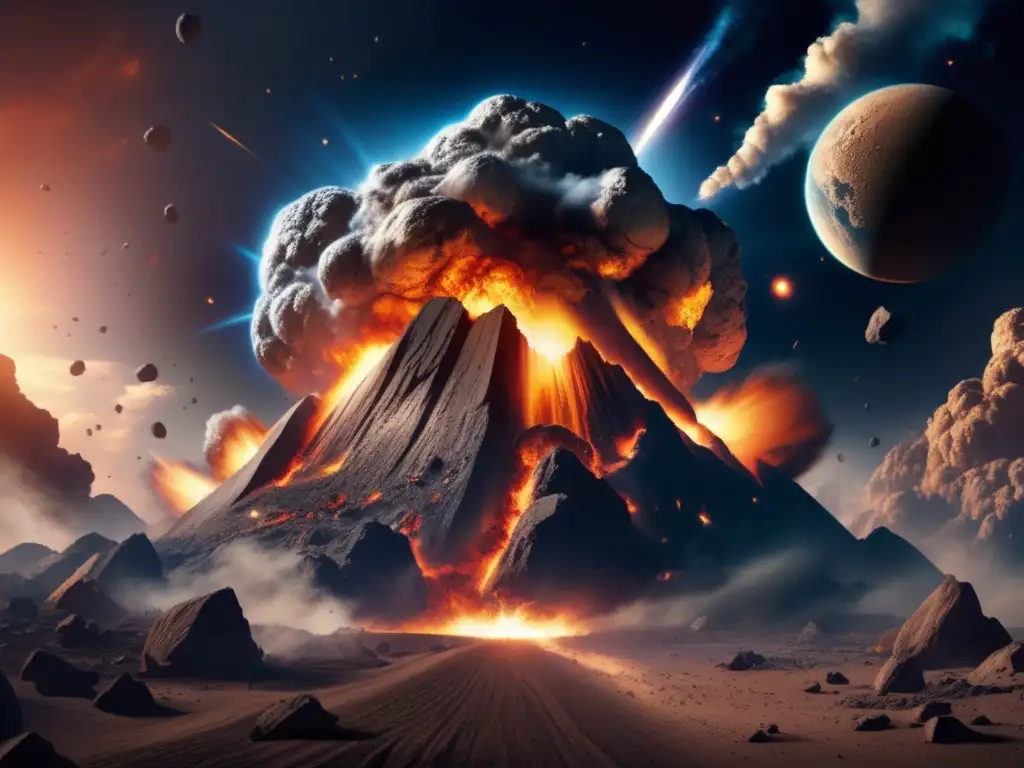
-
How often do asteroids hit Earth?
Asteroids capable of causing significant damage to Earth impact the planet roughly once every 50-100 years.
-
What is the biggest asteroid impact on record?
The largest asteroid impact on record occurred around 2 billion years ago and created the Vredefort crater in South Africa, which is roughly 186 miles in diameter.
-
Can we predict asteroid impacts?
Yes, the likelihood of an asteroid impact can be predicted using telescopes and other observation methods.
-
What is being done to prevent asteroid impacts?
Organizations like NASA and the European Space Agency are studying methods to deflect or redirect asteroids from their collision course with Earth.
-
What should I do if an asteroid is on a collision course with Earth?
If an asteroid is predicted to collide with Earth, follow the instructions of local authorities and evacuate the area if instructed to do so.
Conclusion
Asteroid impacts are a very real threat to our planet, but through scientific research and collaboration, we can work to minimize their impact. By understanding the types of asteroid impacts and the effects that they can have, we can better prepare for potential disasters. Remember to stay informed and always follow the guidance of experts in the event of a potential asteroid impact.
Additional Resources
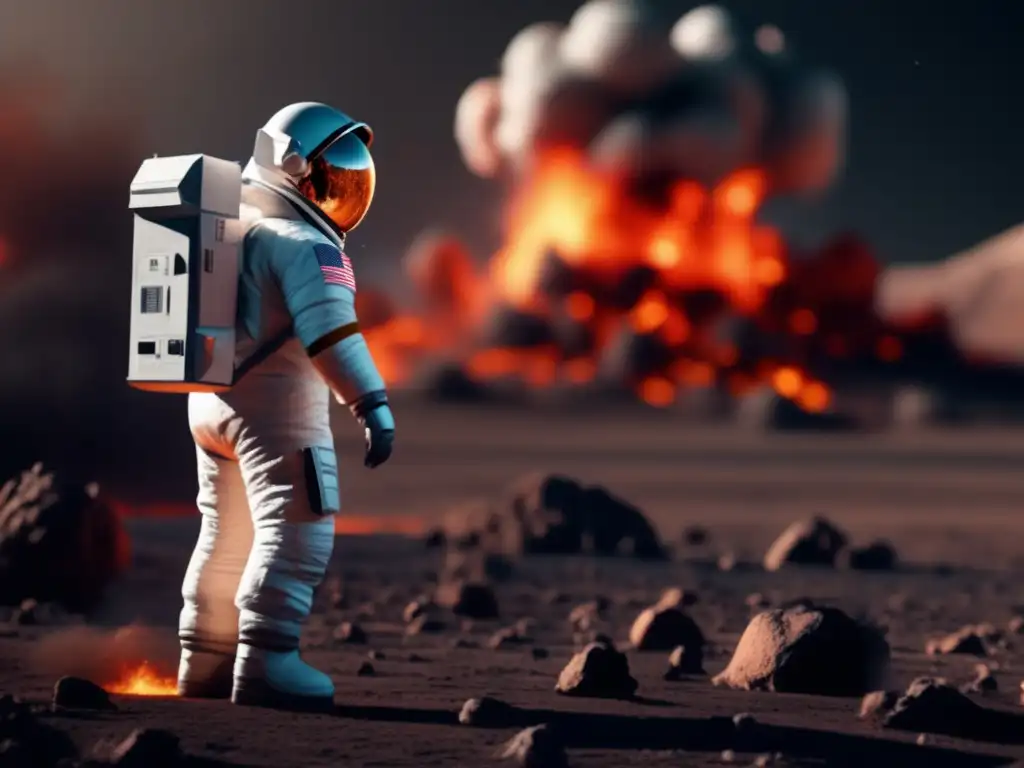
 Blast From The Past: Fossil Records And Asteroid Impacts
Blast From The Past: Fossil Records And Asteroid Impacts Asteroid Strikes And Human Society: An Hypothetical Exploration
Asteroid Strikes And Human Society: An Hypothetical Exploration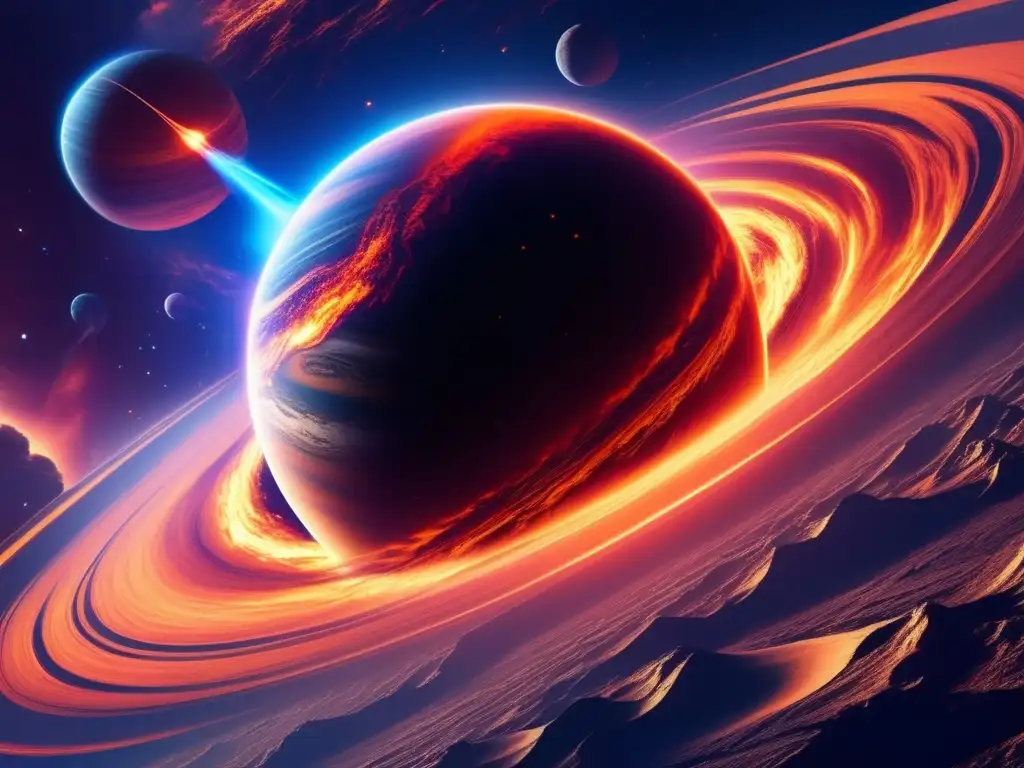 Iridium Anomaly: Uncovering Evidence Of Ancient Impacts
Iridium Anomaly: Uncovering Evidence Of Ancient ImpactsIf you want to discover more articles similar to Fire In The Sky: Understanding Asteroid Impact Phenomena, you can visit the Asteroid Impacts category.
Leave a Reply

Articulos relacionados: